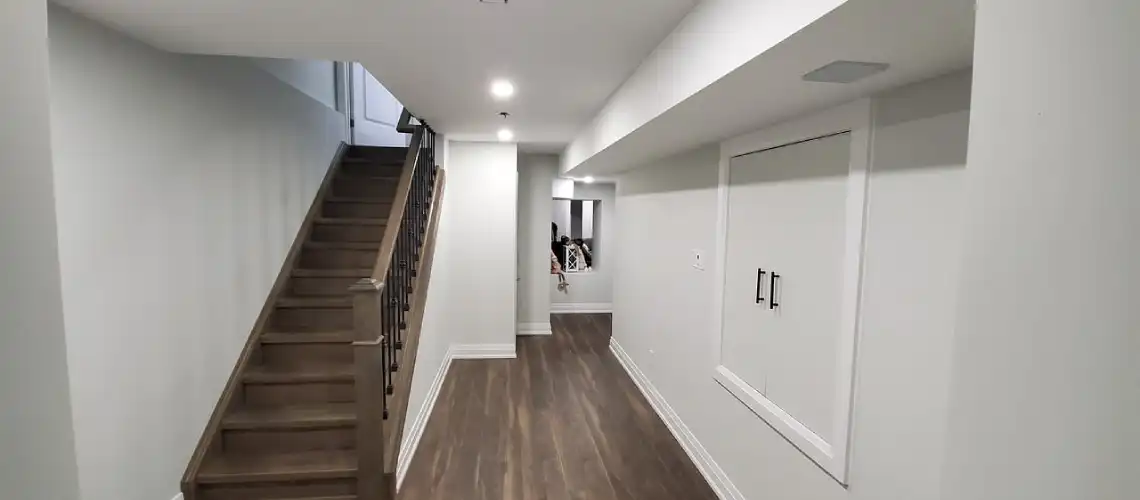Discovering a property with the potential for value addition through renovations is akin to uncovering a hidden gem in the real estate market. Understanding the art of accurately valuing these properties can significantly impact investment decisions.
Understanding Renovation Potential Valuation
Renovation potential valuation is a nuanced process that estimates the future value of a property post-renovation. This valuation is critical for investors and homeowners looking to maximise their return on investment (ROI) by identifying properties that, with the right improvements, can yield significant value increases.
Key Factors Influencing Renovation Valuation
Several factors play into the valuation of properties with renovation potential:
- Current Market Trends: Understanding the demand for certain property features or improvements in your area can guide renovation efforts.
- Cost of Renovations: Accurately estimating the cost of proposed renovations is crucial to ensure that the value added exceeds the investment.
- Comparable Properties: Analysing the sale prices of renovated properties in your vicinity provides a benchmark for potential post-renovation value.
Methods for Valuing Fix-up Properties
Valuing a fixer-upper involves a combination of traditional valuation methods and considerations specific to the property’s renovation potential.
Comparative Market Analysis (CMA)
CMA involves comparing the subject property with similar properties in the same area that have recently been sold, are currently on the market, or were on the market but didn’t sell. Adjustments are made for differences, including the extent of necessary renovations.
Cost Approach
This method calculates the property’s value as the land cost plus the current value of the building, minus depreciation, plus the value added through renovations. It’s particularly useful for unique properties where comparables are hard to find.
Income Capitalisation Approach
Best suited for investment properties, this approach values a property based on the revenue it’s expected to generate after renovations. It’s a common method for properties intended for rental.
Maximising Renovation ROI
Identifying the right renovations is key to maximising ROI. Not all improvements offer the same value boost, so focusing on renovations that are known to increase property value is essential.
- Kitchen and Bathroom Updates: These areas often offer the best return on investment due to their importance to potential buyers.
- Adding Living Space: Increasing the usable living space of a property, whether through extensions or reconfiguring the existing layout, can significantly add value.
- Improving Energy Efficiency: Enhancements such as insulation, double-glazing, and solar panels not only attract eco-conscious buyers but can also reduce future running costs.
- Curbside Appeal: First impressions matter. Simple improvements to a property’s exterior can greatly increase its appeal and, by extension, its value.
Conclusion
Valuing properties with renovation potential is a specialised skill that can unlock significant investment opportunities. By understanding the key valuation methods and focusing on high-ROI renovations, investors and homeowners can maximise their returns. Whether you’re a seasoned investor or a first-time homebuyer, mastering the art of renovation potential valuation is a crucial step towards successful property investment.
Optimising your investment strategy by identifying and valuing fix-up properties requires a keen eye for potential, an understanding of the market, and a well-planned renovation strategy. Armed with these insights and strategies, you’re well on your way to unlocking the true potential of properties in need of a little TLC.



